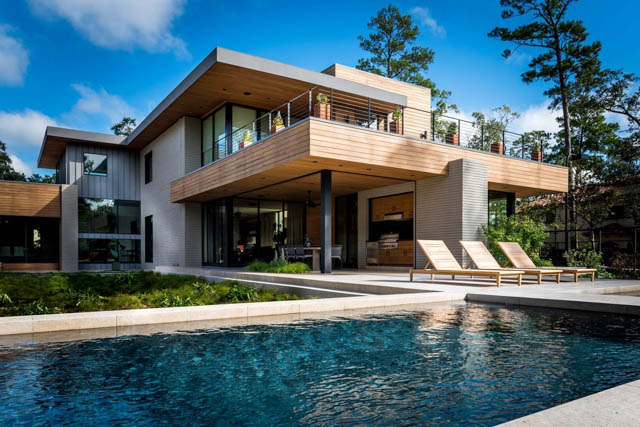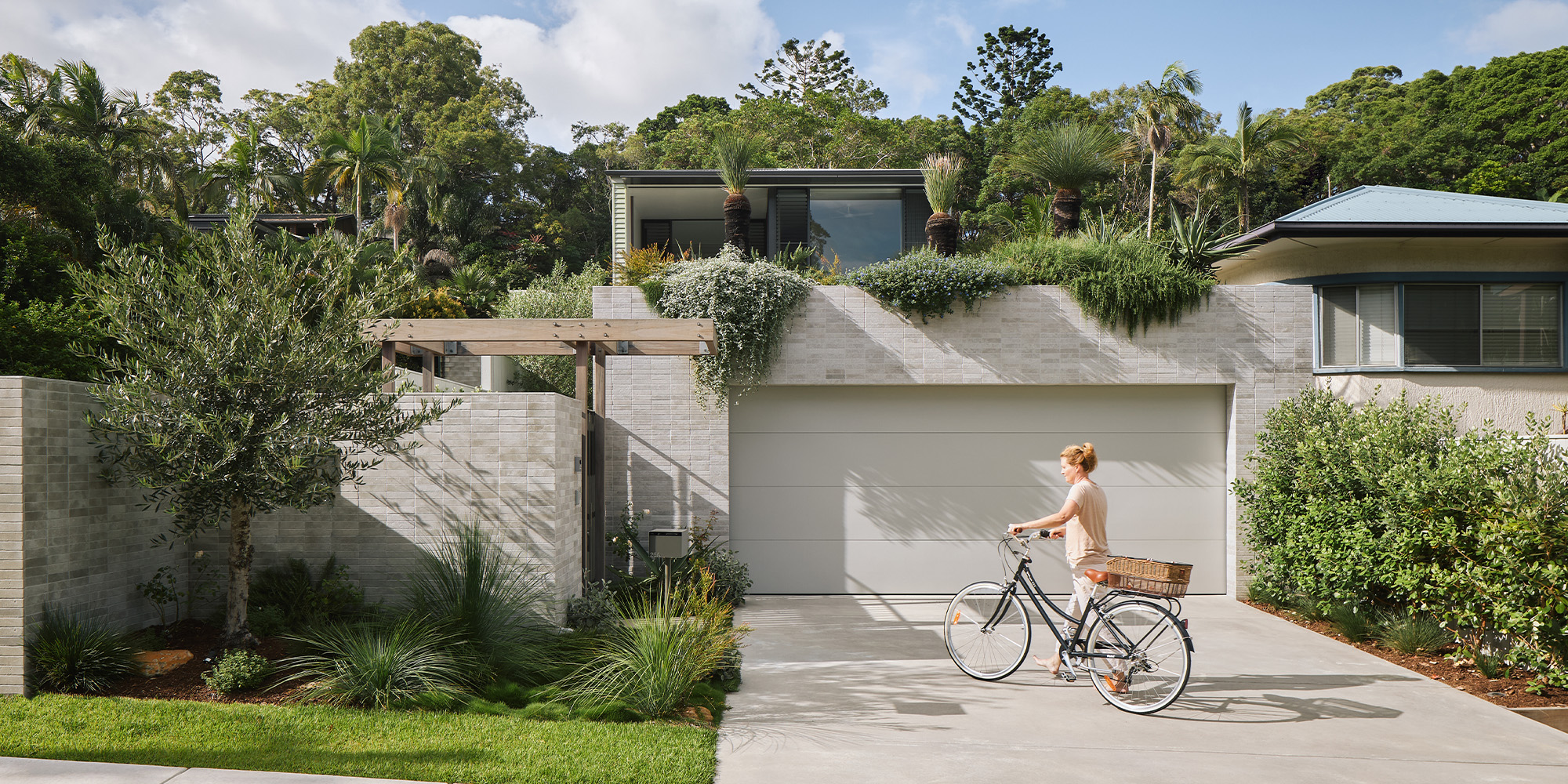Residential Architectural Firm Specializing in Custom Home Design Solutions
Residential Architectural Firm Specializing in Custom Home Design Solutions
Blog Article
How Residential Architects Create Customized Residences for each Lifestyle
The procedure by which residential designers design tailored homes is a nuanced interaction of recognizing client needs and translating those insights right into functional living rooms. With comprehensive consultations and the use of design devices, architects capture the significance of their clients' way of livings, making certain that each home shows personal values and goals.
Understanding Customer Requirements

Efficient interaction is vital in this procedure. Designers need to motivate clients to verbalize their way of livings, household dynamics, and future desires, making sure that the layout shows their one-of-a-kind identity. By using devices such as sets of questions, interviews, and aesthetic surveys, architects can gather valuable insights into the customer's vision.
Additionally, comprehending the context in which a home will exist is important. Engineers need to think about variables such as the website characteristics, neighborhood climate, and social impacts that can influence the design. This alternative approach enables for the creation of spaces that are not just cosmetically pleasing yet additionally practical and lasting.
Inevitably, a deep understanding of customer requires enables architects to produce personalized homes that enhance the high quality of life for their residents, cultivating a feeling of belonging and comfort within their living atmospheres.
Layout Process and Collaboration
The style procedure in residential style is a dynamic interplay of creative thinking and collaboration, where engineers, clients, and different stakeholders function closely to bring a vision to life. This iterative journey generally starts with a series of conferences to develop an extensive understanding of the customer's ambitions, choices, and lifestyle demands. During these discussions, architects collect necessary information, allowing them to conceptualize styles that line up with the customer's vision.
Adhering to the initial consultations, the layout phase evolves via sketches, 3D versions, and architectural renderings. This visual interaction acts as a device for designers to present concepts, while also inviting customer responses, guaranteeing that the final layout reverberates with their assumptions. Efficient collaboration with designers, service providers, and indoor developers is important throughout this phase, as it ensures that all useful elements of the project are flawlessly incorporated.

Incorporating Lifestyle Components
Integrating lifestyle components right into residential design is important for creating areas that really resonate with the inhabitants. residential architecture homes. This process begins with understanding the special requirements, choices, and next everyday routines of the home owners. Designers participate in thorough discussions to discover how the specific or household uses their room, whether for amusing guests, pursuing leisure activities, or seeking quiet retreat
Once these insights are gathered, designers can customize layout features that boost day-to-day experiences. Open flooring plans may be created for households that prioritize togetherness, while devoted offices can be integrated for those who function from home. Exterior areas, such as patio areas or yards, can be highlighted for families that delight in outside tasks or enjoyable.
Moreover, flexibility is a crucial factor to consider; multi-functional rooms allow for flexibility as way of livings advance over time. Customized storage space options can additionally be incorporated to satisfy particular organization requirements, ensuring that the home remains useful and clutter-free. Inevitably, by attentively weaving lifestyle elements into the architectural textile, household designers create customized homes that not only fulfill visual desires yet likewise significantly boost the top quality helpful resources of life for their customers.
Sustainable and Smart Layout
Sustainable and clever design increasingly plays a pivotal function in property style, as homeowners seek to lessen their ecological influence while improving their living experiences. Architects are currently integrating eco-friendly materials, energy-efficient systems, and cutting-edge modern technologies to produce homes that not just meet visual wishes yet additionally offer the earth.
Incorporating eco-friendly power resources, such as solar panels and wind her response turbines, enables home owners to harness natural deposits, dramatically minimizing reliance on typical power grids. Smart home modern technologies additionally enhance sustainability by enhancing power usage via automated systems that manage heating, lights, and cooling based on tenancy and preferences.
In addition, the usage of sustainable structure products-- like recovered wood, bamboo, and recycled steel-- promotes a circular economic situation, decreasing waste and resource intake. Designers also highlight passive layout principles, ensuring homes are oriented for maximum all-natural light and ventilation, thereby decreasing the need for fabricated heating and cooling.
Along with eco-friendly advantages, smart and sustainable layout contributes to the overall convenience and wellness of citizens. By focusing on interior air quality and natural environments, engineers produce areas that cultivate wellness, permitting home owners to thrive attuned to their atmosphere.
Wrapping Up and Executing Plans
Completing and applying strategies is a critical stage in the household style process, where the vision of a tailored home starts to appear. This phase entails thorough attention to information, making sure that every facet of the layout is precisely expressed and prepared for building and construction. residential architecture homes. Designers collaborate very closely with clients to assess last plans, attending to any kind of last-minute adjustments or concerns, while guaranteeing that all components align with the home owner's way of life needs
Once plans are completed, architects prepare thorough building papers, including comprehensive drawings and specs that work as a blueprint for contractors. These papers lay out materials, finishes, and setup methods, supplying quality for professionals and subcontractors. Additionally, protecting essential authorizations and sticking to neighborhood building regulations is important, as it makes sure compliance and smooth project implementation.
By fostering a collaborative environment, architects can ensure that the application straightens with the initial vision. Eventually, this crucial phase transforms concepts right into reality, laying the structure for a home that reflects the distinct way of living and preferences of its citizens.
Verdict
In final thought, property engineers play an essential function in crafting tailored homes that provide to varied lifestyles. Via careful understanding of client demands, joint style processes, and the assimilation of way of life components, engineers make sure that each home mirrors private preferences.
The procedure by which domestic designers style customized homes is a nuanced interaction of understanding client demands and equating those insights right into functional living spaces. Via extensive consultations and the use of style devices, designers capture the significance of their clients' way of lives, ensuring that each home shows individual values and desires. Architects need to encourage customers to articulate their way of lives, household dynamics, and future goals, making sure that the style shows their special identification.The layout process in property style is a dynamic interaction of creativity and cooperation, where architects, customers, and different stakeholders function very closely to bring a vision to life - residential architecture homes. With meticulous understanding of customer demands, joint layout procedures, and the assimilation of lifestyle aspects, designers make sure that each home shows specific choices
Report this page